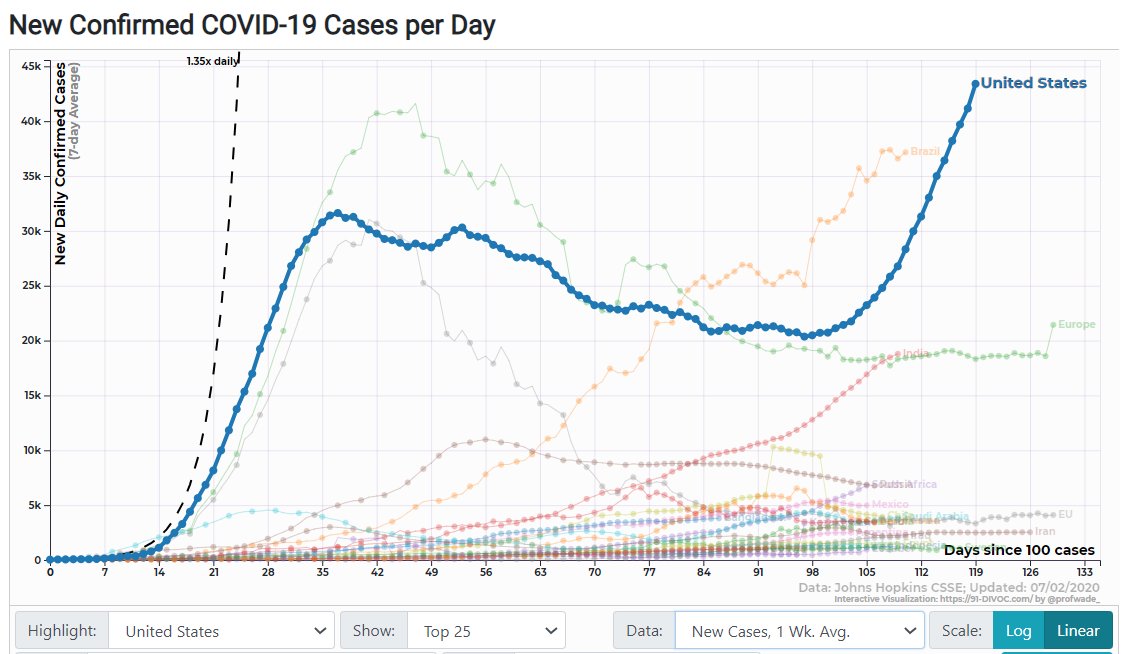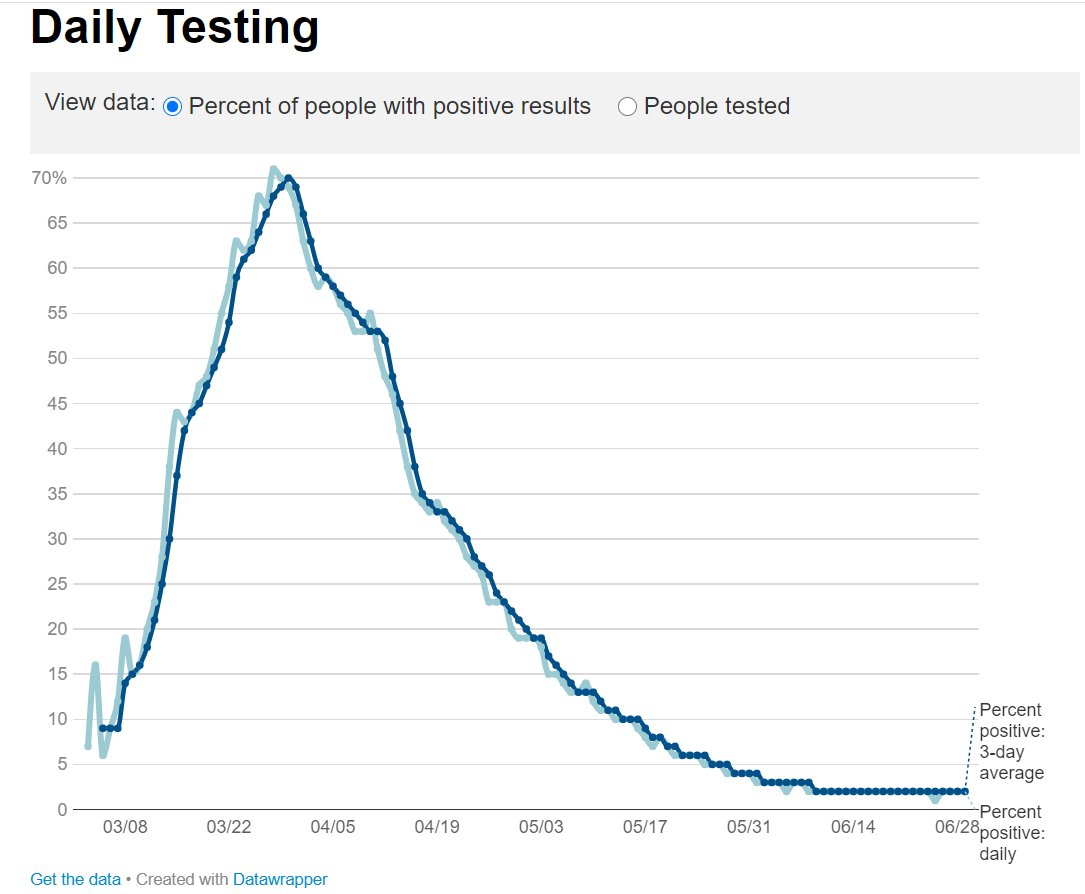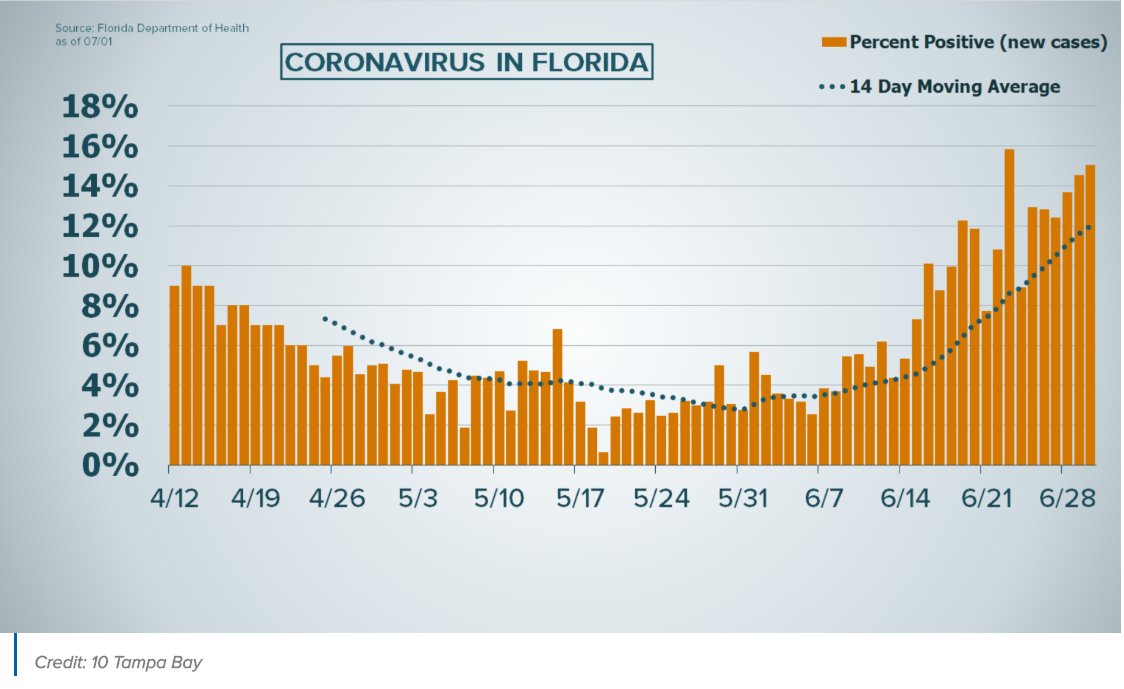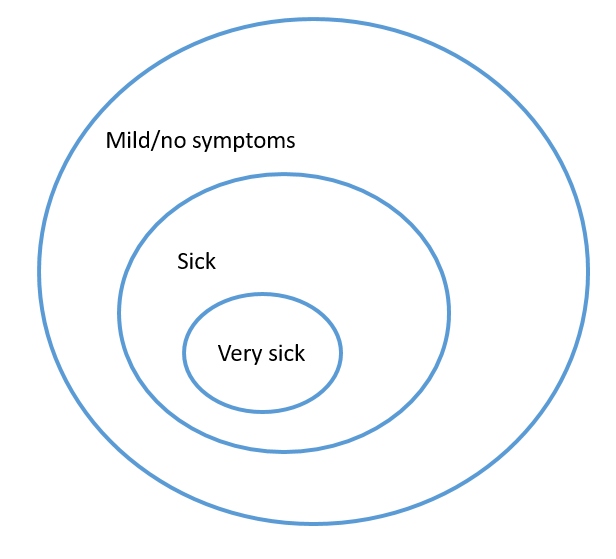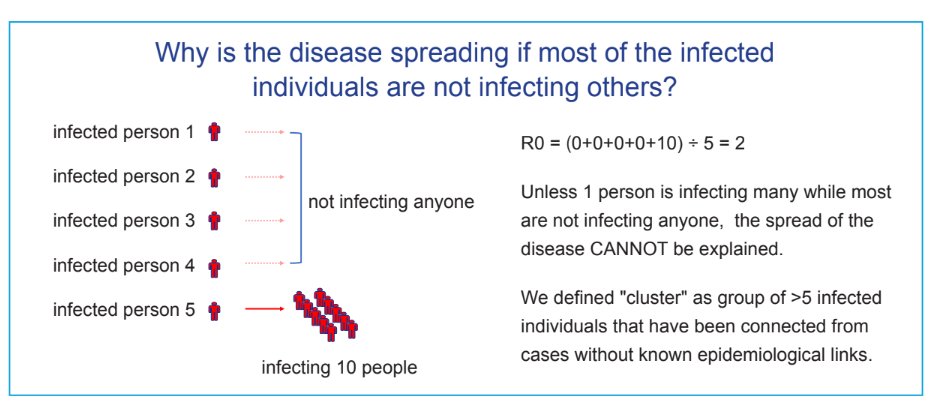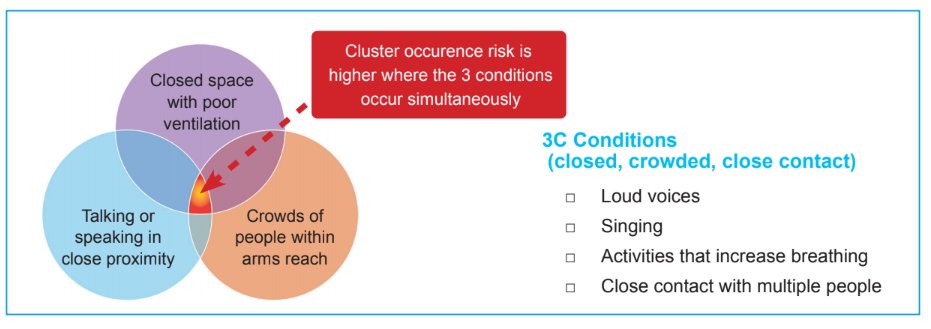who.int/publications-d…
Determine the proportion of the population that has been infected. This can be used to address questions about "herd immunity." It can also be used to determine proportion of infections detected (is it 1 out of 50 or 1 out of 10?).
miamiherald.com/news/coronavir…
medrxiv.org/content/10.110…
nih.gov/news-events/ne…
sanmiguelcountyco.gov/590/Coronavirus


